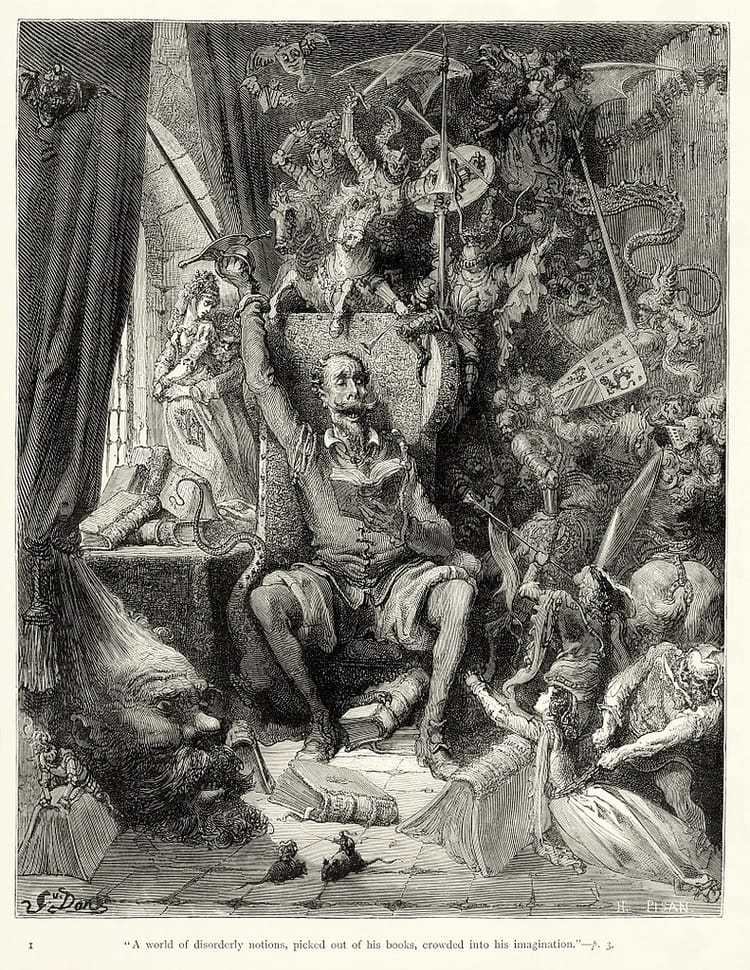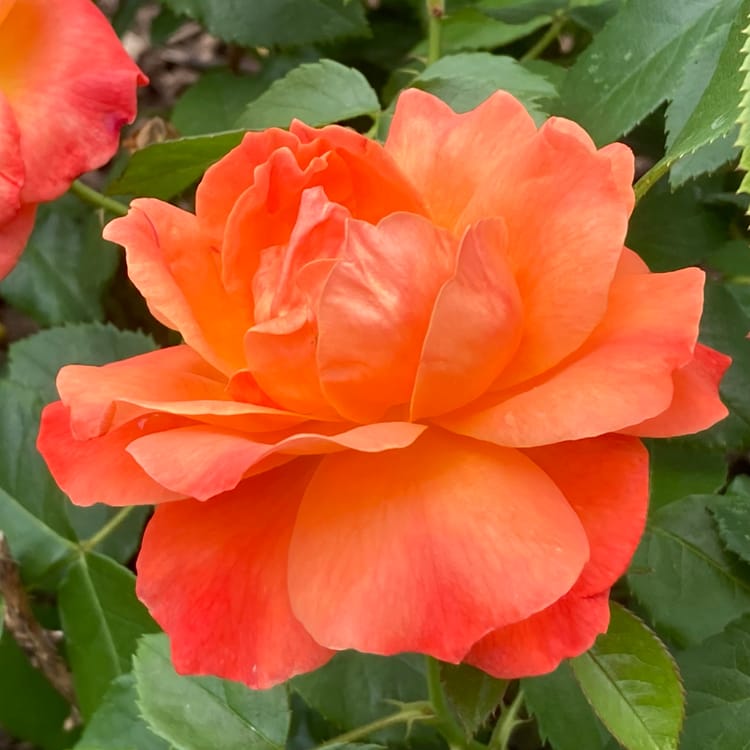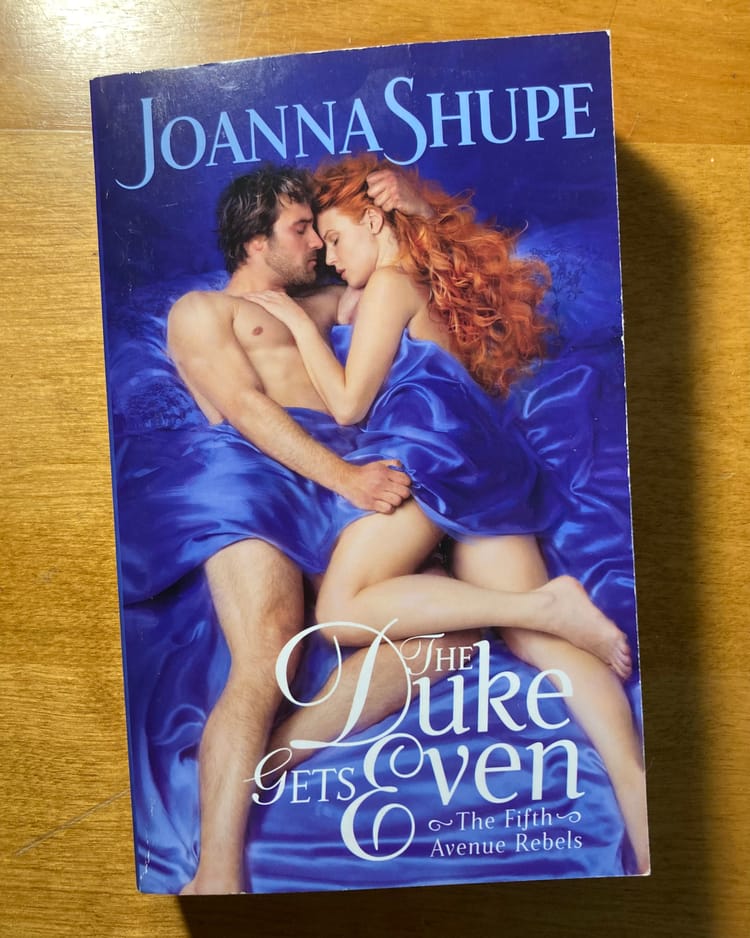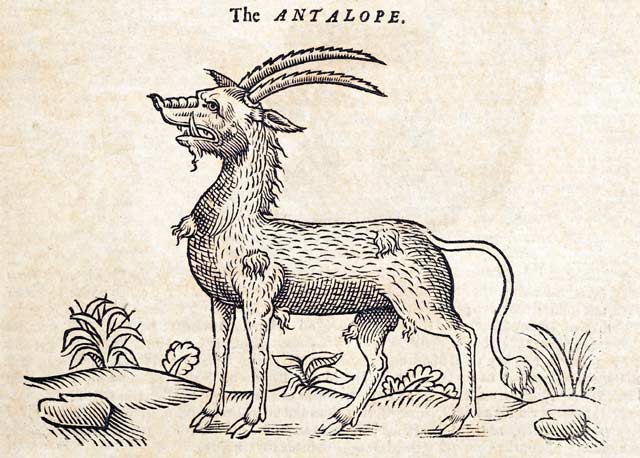Brooklyn’s oldest remaining forest
All the things happen in the next couple weeks. I’ll be celebrating my birthday, running a big race in a new age group, and finishing graduate school. My final course has been in public history, and over the past many weeks I’ve been investigating the history of the woodlands in Prospect Park for my final project, an exhibit in the form of a digital book. This week I’m sharing the script I’ve written for the digital story I’ll be creating to serve as a kind of prologue to the rest of the book, which is semi-public and can be viewed as I compose it if you know where to look.
I have run around Prospect Park countless times for more than twenty years. Until this spring, I did not know that in all this time I’ve been running past Brooklyn’s oldest remaining forest.
The woodland at the center of the park grew here before even the park was here. It may have been nearly destroyed during the Revolutionary War, when British forces occupied the area, and by the mid-1990s, when I moved to New York City from Connecticut, it was nearly destroyed again.
Growing up in Connecticut, I was a romantic child, reading books and dreaming about getting away. In the meantime, I wandered in the woods: a scrubby patch that grew on the other side of the brook that flowed out of a drainage pipe, and beyond that, past a low stone wall and abandoned, overgrown golf course, a much larger wood, part of it owned by the town and part by a private school whose students took their horses to board in stables across the street from their dorms.
I couldn’t tell you what trees grew in those woods. Pine, probably, and I don’t know what else. I walked in the woods but couldn’t really see them; I was too busy romanticizing them or even wishing for other woods—older, vaster, and populated, perhaps, by fairies and spirits.
I can’t say that I’m not romantic anymore, but the nature of my romanticism has changed. I’m not trying to make anything up anymore. I just want to learn to really see what’s there.
This spring I’ve seen how quickly the pale green froth of new leaves turns full and brilliant. The understory turns green before the canopy does. The way that branches grow looks like the veins in a leaf. I rely almost entirely on the shapes of leaves to identify trees, so until late April, I don’t know what I’m looking at, unless it’s a plane tree, birch, or evergreen. There are hardly any pine trees or conifers of any kind in the park’s central woodlands. There are several varieties of maple, but I can identify only the difference between maple and not maple. The trunk of an old tree seems to radiate power. Huge branches can fall off a tree, and as long as it survives, it just keeps growing. Trees grow slantwise if they must to catch the sun. I want to say that trees don’t care about their own crookedness, but it’s likely more accurate to say that trees don’t have such ideas as crooked or not crooked. It’s even more accurate to say that I have no idea what being a tree is like to a tree.
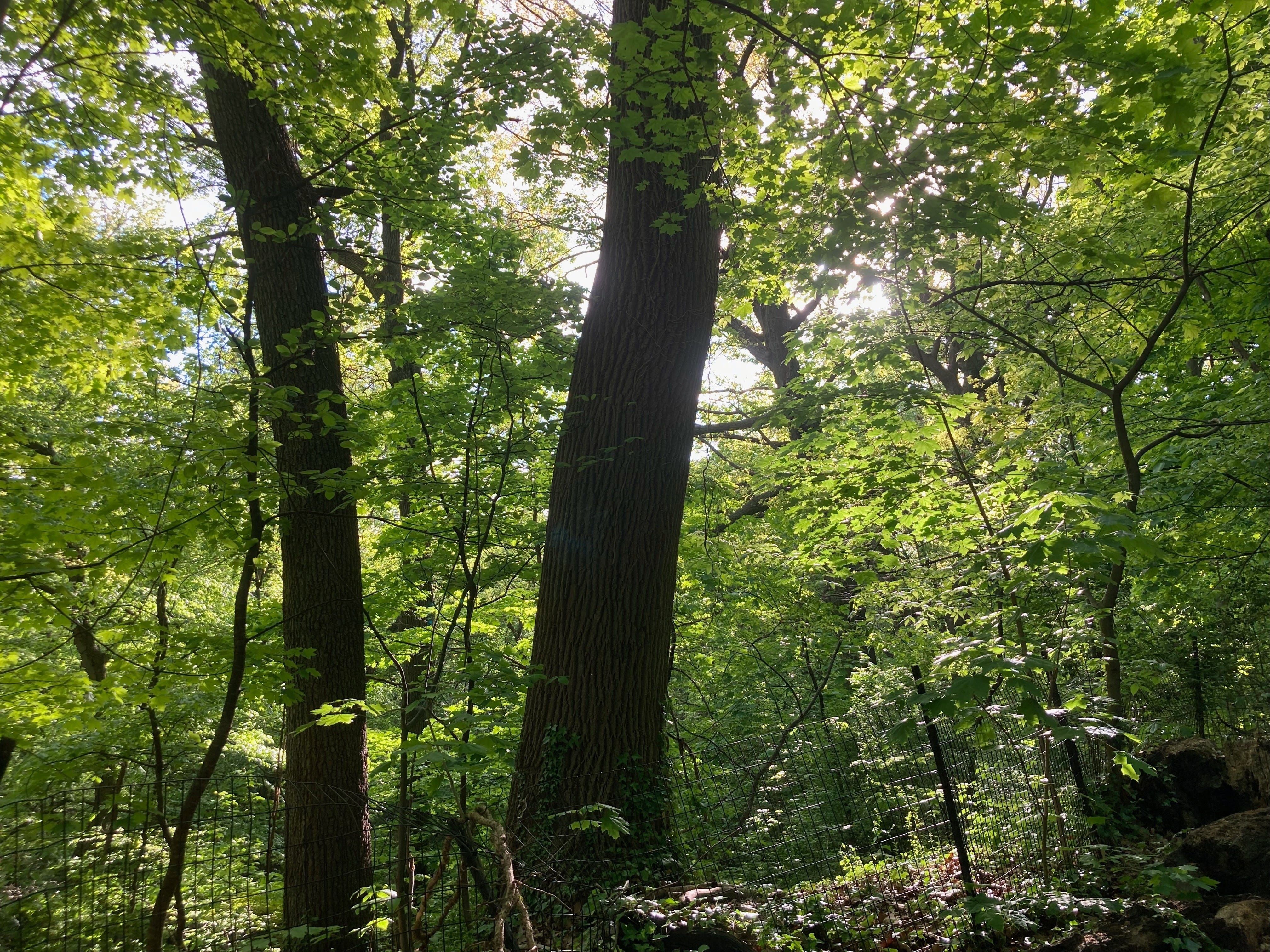
In the years I’ve lived in the city, Brooklyn’s oldest remaining forest has been restored. This restoration has required a shift in perspective similar to how my own view of the woods has changed, toward seeing the forest for what it is. The forest exists not for our pleasure, but for its own sake.
